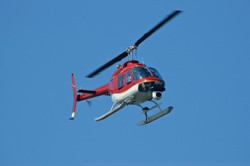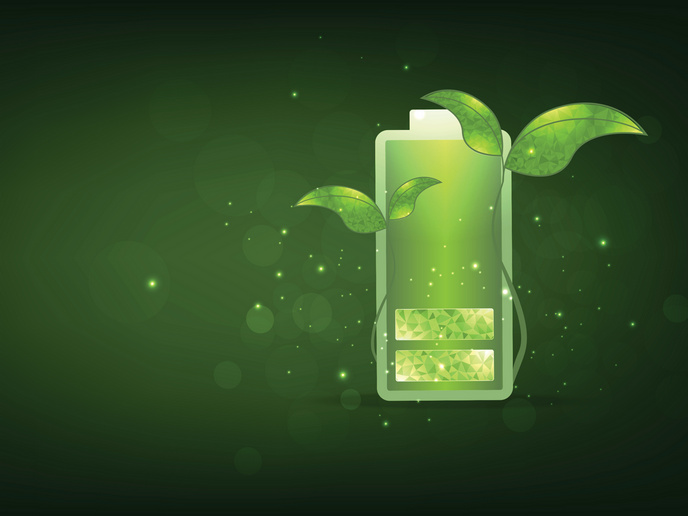Greener corrosion protection for helicopters
Magnesium (Mg) alloys are widely used in helicopter gearbox parts. Due to their high strength-to-weight ratio, they provide significant weight reduction compared to other structural metals, resulting in reductions in fuel usage and associated emissions. However, these benefits are offset by problems related to corrosion. Building on a patented process and proprietary formulations of partners (TECNALIA and PROMET) the EU-funded project MAGNOLYA developed an eco-friendly chemical conversion technology to protect helicopter transmission components made of Mg casting alloy EV31A, following the requirements of the topic manager AgustaWestland. Conventional chemical methods to modify Mg surfaces employ environmentally hazardous materials, the most common of which are based on hexavalent chromium (Cr(VI)) that is a known carcinogen. Promising alternative electrochemical methods are currently under development for aerospace applications but certain areas, including oil ducts, are not treatable with electrochemical processes. MAGNOLYA partners have extensive expertise in chemical conversion coatings. Using their knowledge as a starting point, they optimized the process in three main steps: (i) selecting the most suitable pre-treatment for the Mg substrate, a critical step in ensuring the remainder of the process is successful; (ii) incorporating additives to the base treatment to improve corrosion resistance and to impart self-healing properties; (iii) optimising the process parameters and formulations to deliver the best final performance. The two most promising processes and formulations were scaled up to a 20-litre pilot plant to manufacture Cr(VI)-free Mg alloy plates. The samples were tested in terms of appearance, composition and morphology, mild environment and salt spray fog corrosion resistance, resin and primer adhesion and evaluation of the chemical resistance of the component. All the requirements for the testing procedures are in agreement with the main standards and regulations set for the aeronautic industry. The resin and primer used to coat some of the samples for testing were Cr(VI)-free, according to industry requirements. MAGNOLYA delivered a 100 % Cr(VI)-free chemical conversion process that demonstrates excellent corrosion protection of Mg alloys used for helicopter transmission components. Its applicability to areas that may not be suitable for application of Cr(VI)-free electrochemical conversion methods makes an important contribution to the future of green air transport.
Keywords
Magnesium alloy, helicopter, transmission component, corrosion, chemical conversion, chromium







